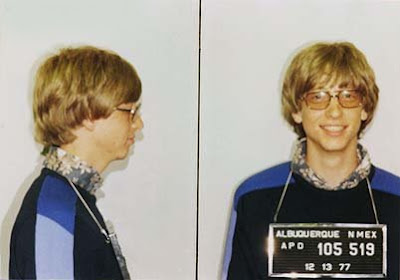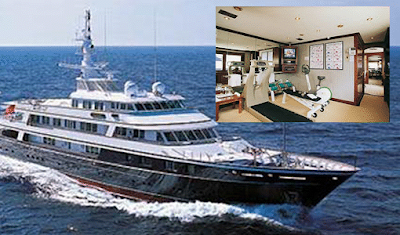Long before children can say words or join them into sentences, they are active language learners. Within a few short years, young children go from newborns without language to excellent communicators and lively inventers and tellers of stories.
Age Milestones
The first year
# Listen to conversations
# Associate gestures with simple words and two-word phrases, like "hi" and "bye-bye"
 # Children are getting ready to talk. Around the first birthday, language production doubles. Many babies of this age: Understand the names of familiar people and objects
# Children are getting ready to talk. Around the first birthday, language production doubles. Many babies of this age: Understand the names of familiar people and objects# Say a few words
 # Children begin to learn many new words and begin to use simple phrases. Many children can: Understand many words, as well as simple phrases and directions ("Drink your juice")
# Children begin to learn many new words and begin to use simple phrases. Many children can: Understand many words, as well as simple phrases and directions ("Drink your juice") # Say a few words clearly, and a few dozen additional words so that family members can understand. The words denote important people and common objects, and a few prepositions such as "on," "in," or "under." Many can say "more" and "all gone."
# Say a few words clearly, and a few dozen additional words so that family members can understand. The words denote important people and common objects, and a few prepositions such as "on," "in," or "under." Many can say "more" and "all gone."# Point to common objects when they are named
# Respond to "what?" and "where?" questions
# Enjoy listening to stories and asking for favorite stories
# Recount events that happened that day
3 years to 4 years
 # Language usage becomes more complex. Most 3-year-olds can: Make themselves understood to strangers, despite some sound errors
# Language usage becomes more complex. Most 3-year-olds can: Make themselves understood to strangers, despite some sound errors# Use more complex grammar, such as plurals and past tense
 # Understand sentences involving time concepts (for example, "Grandma is coming tomorrow") and narrate past experiences
# Understand sentences involving time concepts (for example, "Grandma is coming tomorrow") and narrate past experiences4 years to 5 years
 # 4-year-olds use language not only to converse, but also to exchange information. Most can: Retell a story (but may confuse facts)
# 4-year-olds use language not only to converse, but also to exchange information. Most can: Retell a story (but may confuse facts)# Ask "when?" "how?" and "why?" questions
# Follow three unrelated commands appropriately
# Understand comparatives like loud, louder, loudest
# Listen to long stories (but may misinterpret the facts)
# Understand sequencing of events when clearly explained (for example, "First we plug the drain, then we run the water, and finally we take a bath")
Tips:
How To Make Breastfeeding Easy, Enjoyable And Successful. Show You How To Breastfeed Simply And Naturally, With Confidence.Click Here!
Moral Standards To Your Children Calmly And Without Arguments. Discuss Objective Moral Standards.Click Here!
related articles:
Childrens Determination
Child Development For Parents
Developing Perceptual And Thinking
Infants Pays Close Attention To Language






















 >
>































































No comments:
Post a Comment